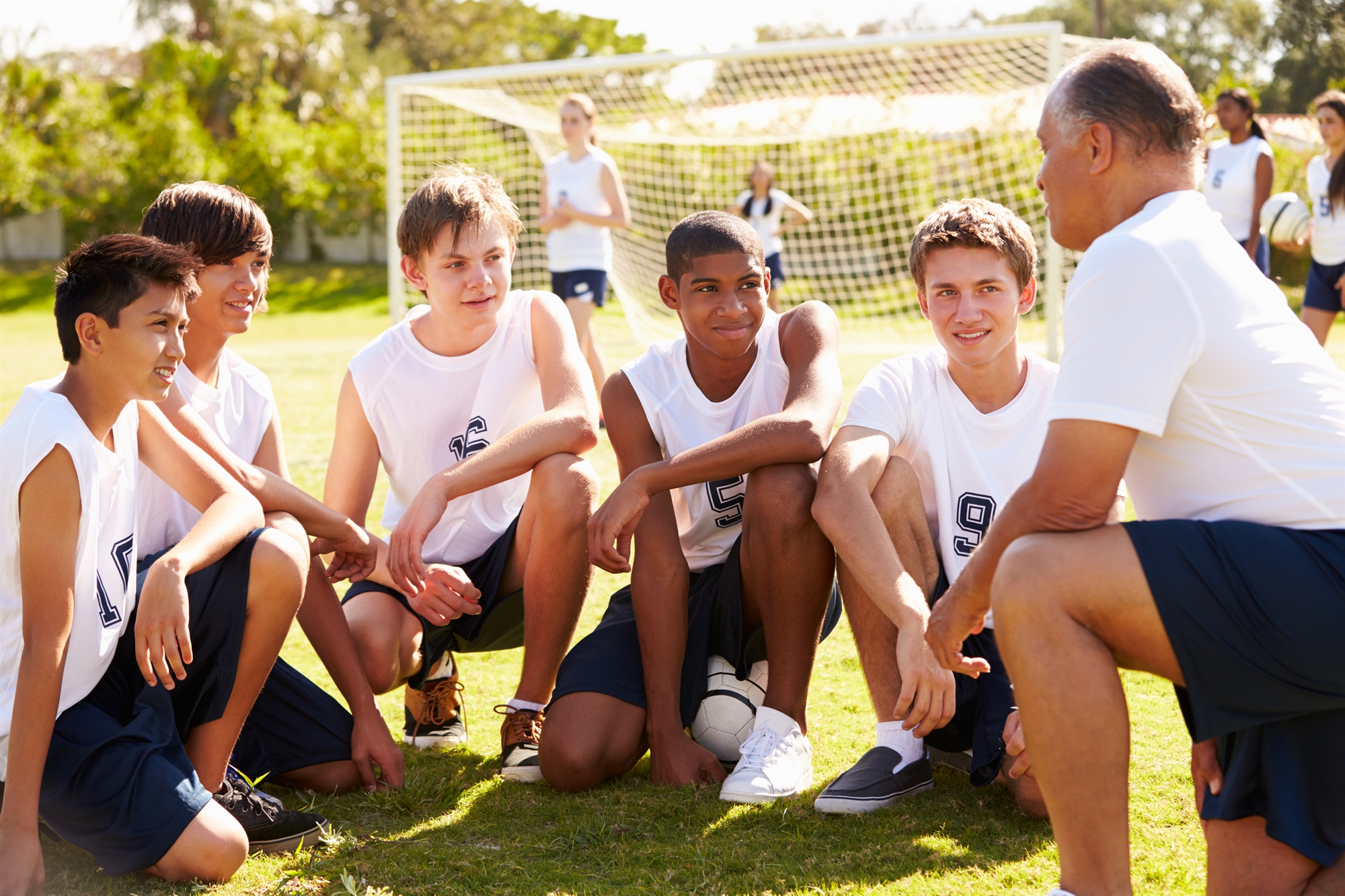
Sudden Cardiac Arrest is always unexpected.
In the face of the unexpected, have a plan.
What is SCA?
Sudden cardiac arrest occurs when the heart stops beating, leading to loss of circulation and loss of consciousness, with no blood flow to the brain and other vital organs. Without immediate life support measures, SCA results in rapid death (Sudden Cardiac Death, or SCD).
There are multiple causes of SCA. The result is a terminal heart rhythm called ventricular fibrillation, which is when the heart cannot pump efficiently due to chaotic electrical activity. However, when treated rapidly with CPR and defibrillation with an automated external defibrillator (AED), normal heart rhythm can often be restored. Cardiac arrest preparedness can save the life of someone suffering a SCA during those critical first few minutes. Every minute counts!
Study after study has demonstrated that the best chance of saving a life is within the first 4 minutes of a SCA. Survival to hospital discharge for SCA in children ages 1 to 12 is 14.4%, and in children ages 13 to 18 it is 19.9%.1 Every passing minute reduces the chance of survival by 7-10%.2 Therefore, reducing time to defibrillation will improve survival by 7-10% per minute. Early and effective CPR has been demonstrated to double or triple the chance of SCA survival.3
What does it mean to be Heart Safe?
Being Heart Safe is not a one time designation. It is an ongoing commitment to equip, prepare, practice, and work together to respond to Sudden Cardiac Arrest.
Sudden Cardiac Arrest is always unexpected. In the face of the unexpected, have a plan. A Heart Safe space has a sustainable program with all of the elements in place to take immediate action:
- Properly placed equipment
- Community awareness to recognize Sudden Cardiac Arrest
- A team prepared to respond
- Ongoing training for Sudden Cardiac Arrest response
- Supportive leadership
Project ADAM can help your environment become Heart Safe.
Schools
Your school can become a Heart Safe environment for students, staff, and visitors. Assess your campus. Get School Administrators on board. Take steps to become Heart Safe using our Toolkit. Read the Cardiac Emergency Response Manual for Schools.
Community Centers
Park districts, community centers, churches—anywhere people gather can become Heart Safe.
- Assess your space.
- Take steps to make your site Heart Safe.
Youth Sport Programs
Ensure athletes, coaches, referees, and spectators are prepared in a Heart Safe environment.
- Assess your program.
- Make a “Medical Time Out” plan. Before every sporting event, review the signs of Sudden Cardiac Arrest, equipment locations, and response plan with coaches and referees.
References
- CARES 2016 data.
- Larsen, M., Eisenberg, M., Cummins, R., & Hallstrom, A. (1993). Predicting survival from out-of-hospital cardiac arrest: A graphic model. Annals of Emergency Medicine., 22(11), 1652-1658.
- American Heart Association
